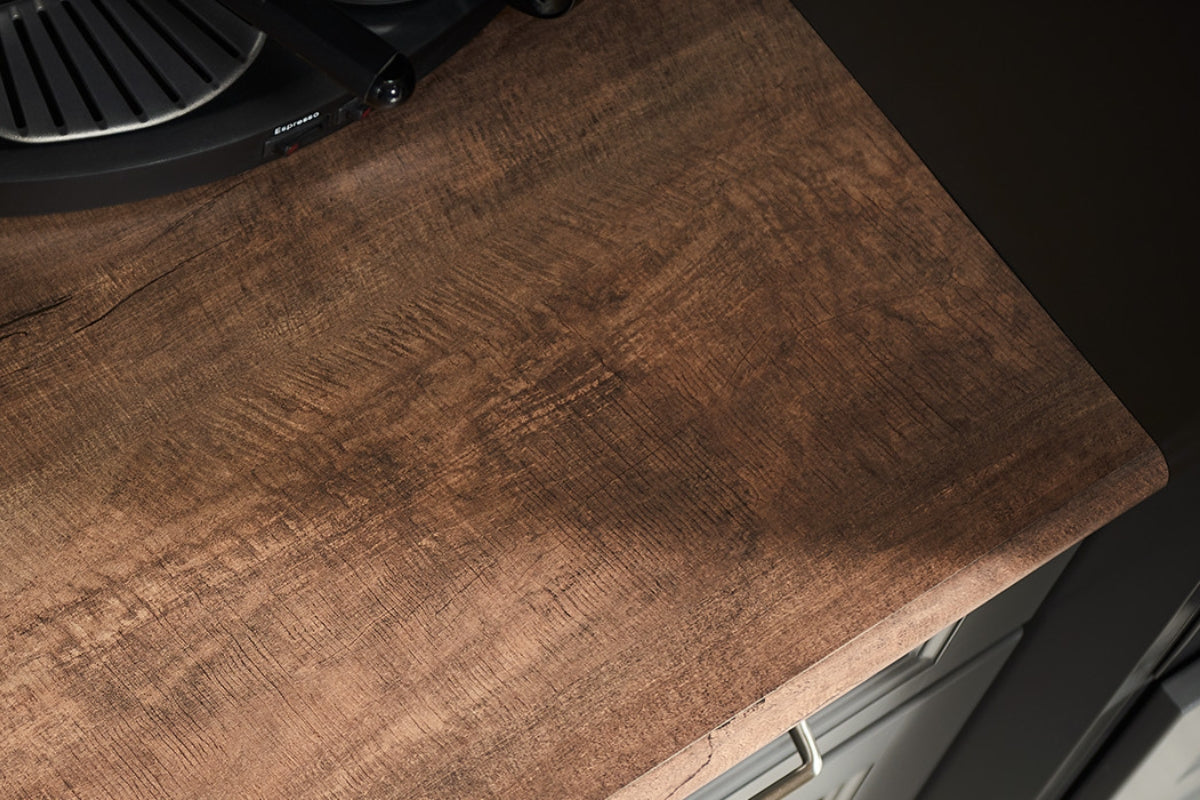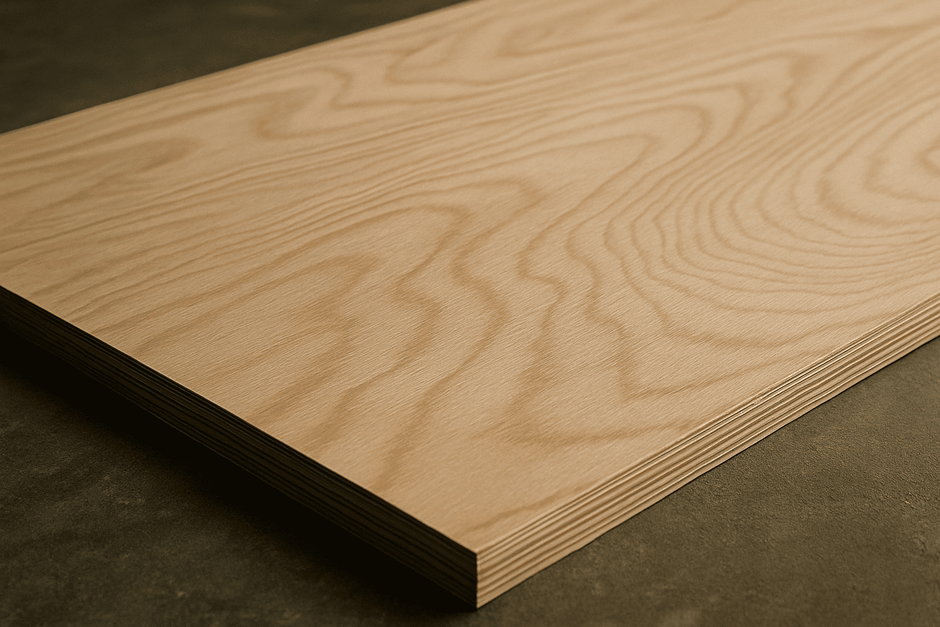Formica is a brand name that has become synonymous with high-pressure laminate (HPL). It's a versatile and durable material widely used in residential and commercial applications. But what exactly is Formica, and why is it so popular? This guide will delve into the composition, uses, benefits, and various types of Formica to give you a complete understanding of this ubiquitous material.
What Exactly is Formica?
At its core, Formica is a type of laminate made by bonding layers of paper or fabric with resin under high pressure and heat. The top layer is a decorative paper that can be printed with various colors, patterns, and even wood or stone effects. This decorative layer is then overlaid with a clear protective layer, making the surface resistant to scratches, stains, and heat.
The manufacturing process involves saturating kraft paper with phenolic resin and a decorative paper with melamine resin. These layers are then stacked together and pressed under high heat and pressure, fusing them into a single, solid sheet. The result is a non-porous, durable, and aesthetically versatile surface material.

The Diverse Uses of Formica
Formica's durability and design flexibility make it suitable for a wide range of applications, including:
- Countertops: Kitchen and bathroom countertops are perhaps the most well-known use of Formica. Its resistance to stains and scratches makes it ideal for these high-traffic areas.
- Cabinetry: Formica is used for cabinet doors, drawer fronts, and cabinet interiors, offering a durable and easy-to-clean surface.
- Furniture: Tabletops, desks, and shelving units are often made with or surfaced in Formica due to its durability and aesthetic appeal.
- Wall Paneling: In commercial settings, Formica is used for wall panels, providing a durable and easy-to-maintain surface.
- Flooring: While less common than other flooring materials, Formica is sometimes used for flooring, offering a hard-wearing and stylish option.
- Commercial Applications: Retail fixtures, signage, and other commercial surfaces benefit from Formica's durability and design versatility.

Key Benefits of Choosing Formica
Formica offers several advantages that contribute to its popularity:
- Durability: Resistant to scratches, impacts, stains, and heat, making it ideal for high-use areas.
- Affordability: Generally more cost-effective than natural stone or solid surface materials.
- Design Versatility: Available in a vast array of colors, patterns, textures, and finishes, including realistic wood and stone looks.
- Ease of Maintenance: Non-porous surface is easy to clean with soap and water.
- Hygienic: The non-porous surface prevents the growth of bacteria and mold.
- Lightweight: Easier to handle and install compared to heavier materials like stone.
- Environmental Considerations: Formica is often made with sustainable practices, and some options include recycled content.
Exploring the Different Types of Formica
The term "Formica" encompasses a wide range of products designed for specific applications and aesthetic preferences. Here are some common types:
- Standard Formica Laminate: The most common type, used for countertops, cabinetry, and furniture. It comes in a variety of colors, patterns, and finishes.
- Formica 180fx: Designed to replicate the look of natural stone with realistic patterns and textures, often in large-scale designs.
- Formica DecoMetal: Features real metal surfaces bonded to a laminate core, offering a sleek and modern aesthetic.
- Formica Solid Surfacing: A non-porous, acrylic-based material that can be seamed invisibly, providing a seamless countertop surface. (Note: This is a different material composition than traditional Formica laminate but falls under the Formica brand.)
- Formica Compact: A thicker, self-supporting laminate that doesn't require a substrate, often used for partitions, lockers, and work surfaces.
- Formica Chemtop: Specifically designed for laboratory environments, offering high resistance to chemicals and stains.
- Formica Fire Rated: Designed to meet specific fire safety standards for commercial applications.
Choosing the Right Formica for Your Project
Selecting the right type of Formica depends on the specific application, desired aesthetic, and budget. Consider the following factors:
- Intended Use: Will it be used for countertops, cabinetry, walls, or furniture? Different types of Formica are better suited for different applications.
- Aesthetic Preference: Do you want the look of real stone, metal, wood, or a solid color?
- Budget: Different Formica types have varying price points.
- Durability Requirements: Consider the level of wear and tear the surface will endure.
- Maintenance Needs: All Formica is relatively easy to clean, but some textures might require a bit more attention.






































